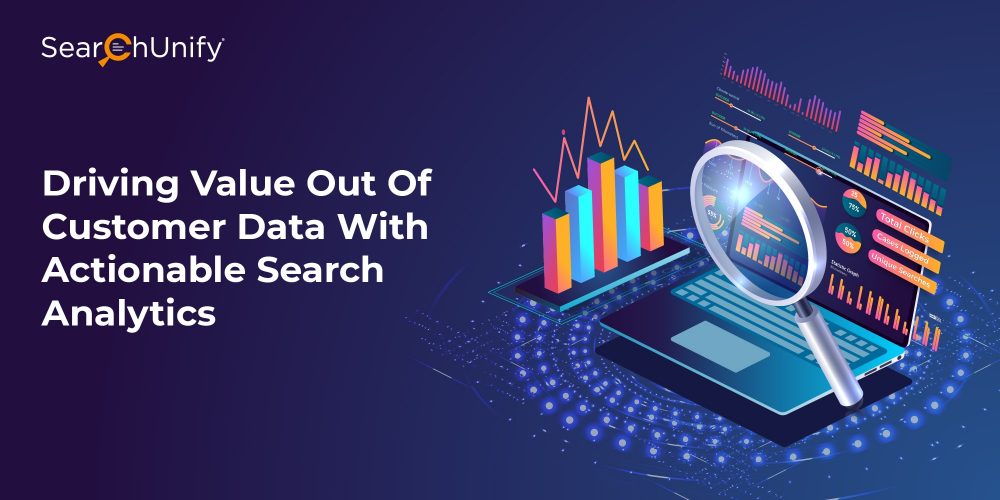
This isn’t a blog post about how important enterprise search is for your business. I’m assuming that you’re armed with a good search solution and have the basics down.
It’s about stepping on the gas by focusing on your enterprise search analytics. A capable search engine provides tonnes of reports, and hidden inside those detailed reports are trends and opportunities just waiting to be identified to make the lives of your customers and support teams easier.
While it’s true that different reports matter to different businesses, there exists a small set of reports that no organization can afford to turn a blind eye to. They are the key to taking your business from just-another-firm to we-mean-business:
From What To Wow
Search analytics is a godsend for businesses that want to improve customer experience. A good CX strategy involves knowing the answers to questions like – what users are constantly seeing, what are their interests, etc. Real-time reports help point you in the right direction, taking guesswork out of the equation. But which ones, exactly?
Searches With No Results: It doesn’t matter how lovingly & intricately you design your web portals, you’ll find a fair amount of users jumping to the search bar for what they need. And they’re highly disappointed when their searched query returns no results. By highly disappointed, I mean they might break up with your brand. By helping you plug the holes, this report can be your knight in shining armor.
Searches With No Clicks: The unfortunate case of getting no clicks for search results after a query demands a relevancy check. Either the engine is not ranking the results all that well or the desired results just don’t exist. This way, you can also improve your content strategy, like by adding new members to the document family that your content/support team once created.
From Bye To Buy
After making a purchase, a customer experiences something which is popularly known as “post-purchase dissonance.” It’s a phase where customers have doubts about their purchase. This is also the time when you can either lose them forever or turn them into brand advocates.
As they onboard, they often browse through your portals, FAQs, tutorials, etc. And when they can’t find what they’re looking for, they get annoyed and end up creating tickets. You need to identify such issues and act on them.
Cases Logged: A quick look at the cases logged report will help you identify common issues that are probably leading to customer churn. Based on what you find, you can create help articles or videos to guide customers & cut the problem at its roots.
From Subpar To Par (Excellent)
Some folks opine that useful data is hard to come by in B2B space. For instance, eCommerce sites track search data, viewed items, purchased items, items in cart, etc. But these statistics won’t be of much use to a SaaS-based company. But what about leveraging data that exists but hasn’t been tapped yet? Firms have quite focused data like customer stage, title, department, etc. that can be put to use to provide better support. Here’s how:
Customer Journey Analytics: It gives you insights into what the customers have already been through in their quest for a solution. When your support reps are armed with this information, they’re in a better position to quickly answer their queries.
Attached To Case: Quite often certain knowledge articles are used more than others while resolving cases by your support reps. This report lists the cases that support agents attach most frequently in their communication with users. The articles found useful will help you narrow down common problems & repair your support foundation.
From Hell To Heal
Change is good. This holds true especially for your community as well as other self-serving channels. An ongoing hot discussion on your community might not be the talk of the town after a month. There might be certain articles that require more attention but your customers can’t find. That makes it important to heal your community by spotting these developments.
Search Filter-Based Clicks: It maps each click on the search result with its content source and content type. This helps the admin in understanding what kind of search results were clicked the most & accordingly create facets and filters to improve discovery and hence user experience.
Conclusion
When it comes to driving value out of search analytics, there’s a learning curve. You have to be patient and go through all the above-mentioned reports carefully. In fact, you can drive even more value out of customer data by adding NLP to the mix. To know how exactly that works, download this ebook.



















